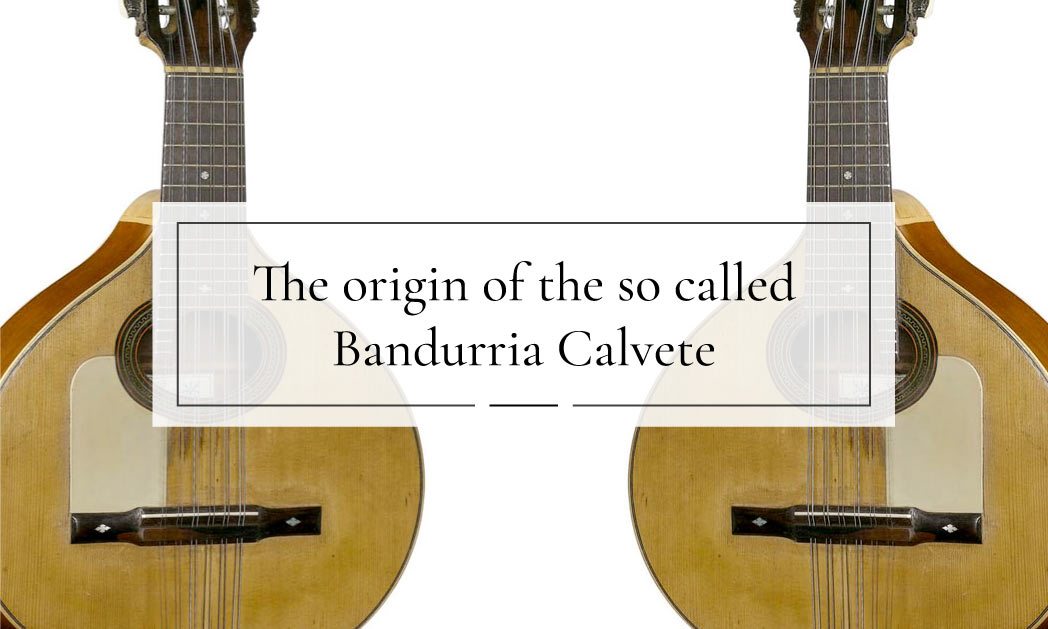We are extremely lucky to have the memory —when it fails us or we fail to have it because we did not live at that time— of our historic store manager Miguel Martínez, a worker who retired in 2000 and was the second generation in our company, since his father, Jesús Martínez, also worked with us.
When we have some historical doubt, we pick up the phone and ask him and, very occasionally, he sends us jewels in the form of a photograph like the one we are now dealing with. In 2018 he sent us this image of the Spanish Trio, dated in Bucharest in 1914, of which his father was a part along with Luis López and Babil Calvete. The latter became a famous musician of the time known for his skills with the instrument called bandurria, which belongs to the Spanish lute family.
When I asked him about the photograph, he told me that this was surely the origin of the so-called Bandurria Calvete, so widespread nowadays in groups and rondallas. In the same way, its template and characteristics have prevailed in the Spanish market, being the bandurria most built by luthiers and factories today. As usual in our history, first, we receive the oral tradition and then we find the data, the information or the objects that reach us almost by magic, as is the case: this photograph recounts the moment in which this bandurria model was imposed in the mid-20th century and fixes a place: our workshop.
As we have told before, the story comes to us first-hand through Jesús Martínez, Miguel’s father, who worked in our store and who belonged to the Spanish Trio where the aforementioned Babil Calvete also played. He owned a bandurria built by a French luthier, whose name we do not keep, who unfortunately died shortly after modifying the traditional bandurria that until then had been made in the workshops: the pear-type bandurria with higher shoulders and much more uncomfortable at the time to play according to the comments of the musicians of the moment.
Such was the success of this musician that everyone wanted this type of instrument, but there was a problem to solve and that was that its creator had passed away, so Jesús took the case to José Ramírez II, who decided to copy the template and put it on the sale in his shop-workshop.
Therefore, this model was not the work of this house, but it was the architect of its popularity thanks to the collaboration with the famous musician who had no qualms about lending his instrument to take the necessary measures for its reproduction. The model became popular as the Calvete model since the musicians asked for “the model that Calvete played”. Today we can still read the name of the musician on some of our soleras.
Article was written by Cristina Ramírez



